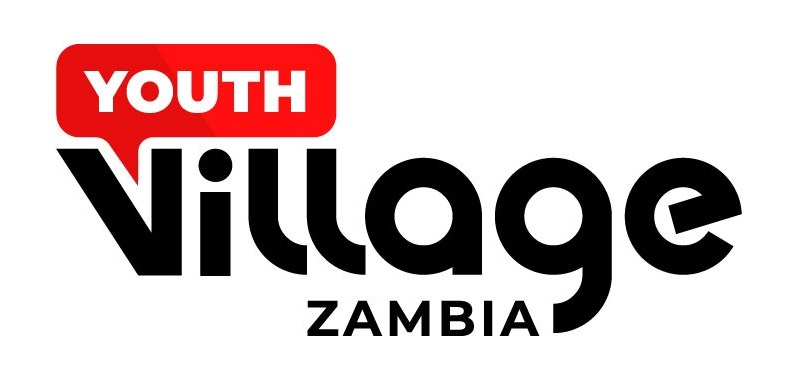Zambia is endowed with fertile land and a favorable climate, making agriculture a cornerstone of its economy and a critical source of employment. However, despite the potential for agricultural exports, the country faces several challenges that hinder its ability to scale up agricultural production and meet international market demands. Here are five key challenges Zambia confronts in its quest to enhance agricultural exports.
1. Inadequate Infrastructure
One of the most significant obstacles to scaling up agriculture for export in Zambia is the lack of adequate infrastructure. Poor road networks, insufficient storage facilities, and inadequate transport systems hinder farmers’ ability to efficiently get their products to market. Without reliable infrastructure, perishables like fruits and vegetables often spoil before they reach consumers, leading to significant losses for farmers and limiting their access to lucrative export markets.
2. Access to Financing
Access to affordable financing remains a critical challenge for Zambian farmers, particularly smallholder farmers who make up a large portion of the agricultural sector. Many farmers struggle to secure loans due to a lack of collateral, credit history, and financial literacy. This limited access to capital restricts their ability to invest in modern farming techniques, purchase high-quality seeds and fertilizers, or expand their operations, ultimately affecting their productivity and competitiveness in the export market.
3. Climate Change and Environmental Degradation
Zambia’s agricultural sector is highly vulnerable to the impacts of climate change, including erratic rainfall patterns, rising temperatures, and increased occurrences of droughts and floods. These environmental challenges threaten crop yields and food security, making it difficult for farmers to maintain consistent production levels. Additionally, practices such as deforestation and soil degradation further exacerbate the effects of climate change, compromising the land’s productivity for future generations.
4. Limited Access to Markets
While there is a growing demand for Zambian agricultural products in international markets, many farmers struggle to access these markets due to various factors. These include insufficient knowledge of export requirements, lack of market information, and limited participation in value chains. Many smallholder farmers are not organized into cooperatives or associations, which can help them leverage collective bargaining power and access better market opportunities. This fragmentation limits their ability to negotiate prices and secure contracts with buyers.
5. Low Levels of Technology Adoption
The adoption of modern agricultural technologies is crucial for improving productivity and efficiency in Zambia’s agricultural sector. However, many farmers still rely on traditional farming methods, which can lead to lower yields and higher vulnerability to market fluctuations. Factors contributing to low technology adoption include a lack of access to information about modern practices, insufficient extension services, and limited availability of affordable inputs. Without increased investment in agricultural research and development, Zambia risks falling behind other countries in agricultural competitiveness.
Scaling up agriculture for export in Zambia presents significant opportunities for economic growth and poverty alleviation. However, addressing the challenges of inadequate infrastructure, access to financing, climate change, limited market access, and low technology adoption is essential for realizing this potential. By investing in these areas, the Zambian government, private sector, and development partners can help create a more resilient and competitive agricultural sector that benefits farmers and contributes to national development.






